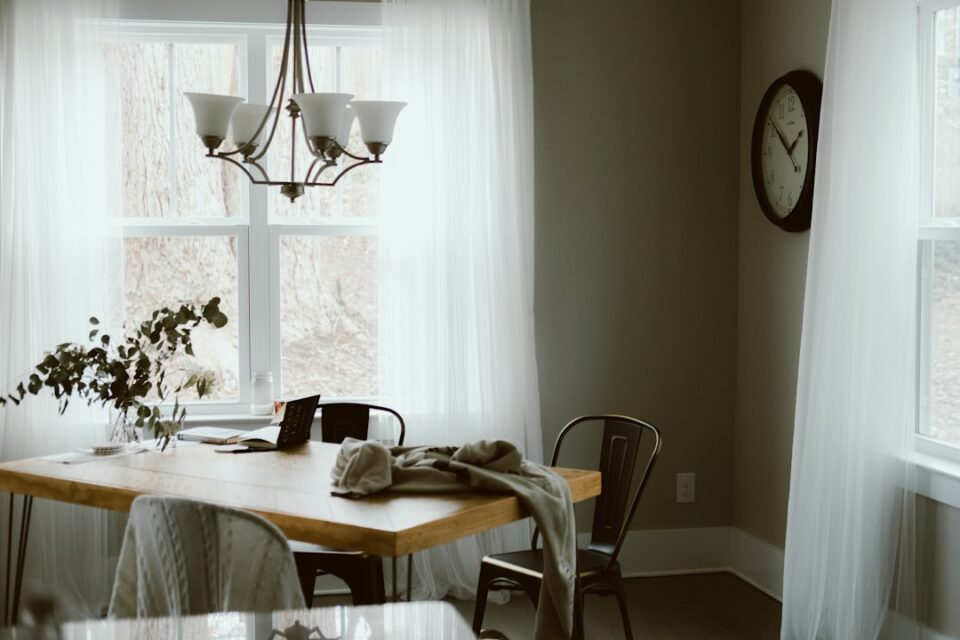Landscaping is a great way to enhance the beauty of your home and create a welcoming outdoor space. While many people hire professionals to design and maintain their landscapes, there are plenty of simple DIY projects that beginners can tackle on their own. Not only will DIY landscaping save you money, but it can also be a fun and rewarding way to transform your outdoor space.
Here are some easy landscaping projects that beginners can try:
1. Plant a Garden:
One of the simplest ways to improve your outdoor space is by planting a garden. You can start small with a few easy-to-care-for plants like succulents, herbs, or flowers. Consider the amount of sunlight your garden will receive and choose plants that thrive in those conditions. You can also add mulch or rocks to help accentuate your garden and keep weeds at bay.
2. Add Mulch or Rocks:
Mulch and rocks are a great way to add texture and interest to your landscaping. Mulch not only looks nice, but it also helps to retain moisture in the soil and suppress weeds. Rocks can be used to create pathways, borders, or decorative accents. Consider using different sizes and colors of rocks to create visual interest in your landscape.
3. Create a Pathway:
Adding a pathway to your yard can help define different areas and create a sense of flow in your landscape. You can use a variety of materials for pathways, such as gravel, pavers, bricks, or stepping stones. Consider the style of your home and the overall aesthetic you’re trying to achieve when choosing materials for your pathway.
4. Build a Raised Bed:
Raised beds are a great option for growing plants in areas with poor soil or limited space. You can easily build a raised bed out of wood, bricks, or recycled materials. Fill the bed with quality soil and compost, and start planting your favorite vegetables, herbs, or flowers. Raised beds also help to prevent soil compaction and make gardening more accessible for those with mobility issues.
5. Install a Water Feature:
Adding a water feature to your landscape can create a peaceful and relaxing atmosphere. You can choose from a variety of options, such as a fountain, pond, or bird bath. Water features can attract wildlife, mask noise, and add visual interest to your yard. Be sure to choose a location for your water feature that complements the rest of your landscape and consider the maintenance requirements before installing it.
6. Create a Vertical Garden:
If you’re short on space, consider creating a vertical garden on a fence, wall, or trellis. You can use containers, hanging baskets, or a living wall system to plant flowers, herbs, or vegetables. Vertical gardens are not only functional but they also add a unique and eye-catching element to your landscape.
7. Build a Fire Pit:
A fire pit is a great addition to any backyard and can provide a gathering spot for family and friends. You can build a fire pit out of bricks, stones, or metal. Be sure to check local regulations before building a fire pit and always use caution when lighting fires. Add seating around the fire pit, such as benches or chairs, to create a cozy and inviting outdoor space.
8. Install Outdoor Lighting:
Outdoor lighting can enhance the beauty and safety of your landscape. You can install solar-powered lights along pathways, in garden beds, or around your home. String lights, lanterns, and spotlights are also great options for adding ambiance to your outdoor space. Consider the placement of the lights and choose fixtures that complement your overall landscaping design.
9. Plant Trees:
Trees are a valuable addition to any landscape, providing shade, privacy, and beauty. Choose trees that are suitable for your climate and soil conditions and consider the mature size of the tree before planting. Trees can also help to reduce energy costs by providing shade in the summer and windbreak in the winter.
10. Design a Pollinator Garden:
Pollinator gardens are designed to attract bees, butterflies, and other beneficial insects to your yard. By planting native flowering plants, you can create a habitat for pollinators and help support biodiversity in your area. Choose a variety of plants that bloom at different times of the year to provide food sources for pollinators throughout the seasons.
With these simple DIY landscaping projects, beginners can enhance their outdoor spaces and create a beautiful and functional landscape. Whether you’re planting a garden, building a pathway, or installing outdoor lighting, there are plenty of ways to personalize your landscape and make it your own. So grab your gardening tools and get started on transforming your outdoor space today!

